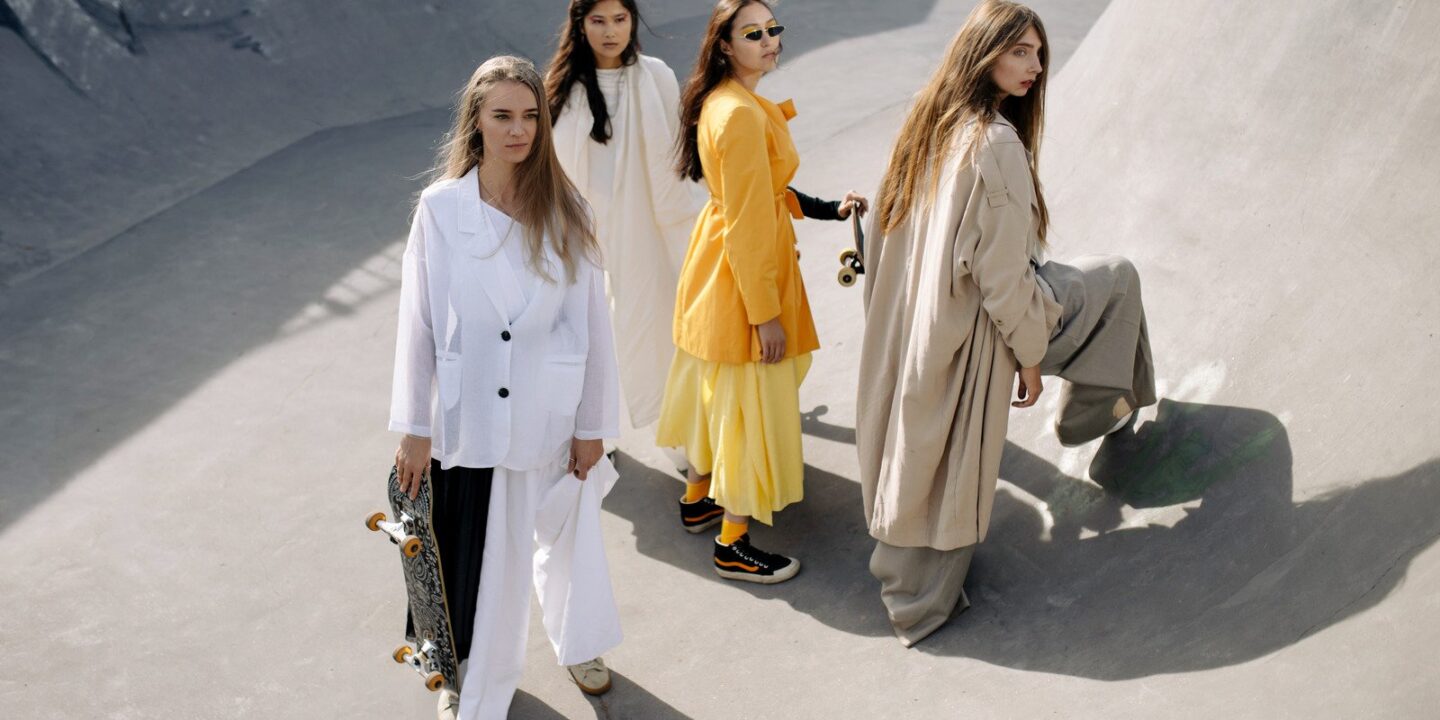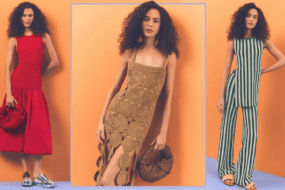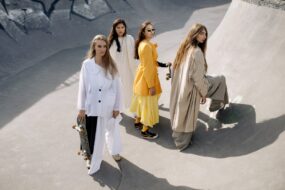
Fashion has always been a reflection of society, encapsulating cultural shifts, technological advancements, and personal expression. From the grandeur of the runway to the everyday outfits of individuals worldwide, the fashion industry has undergone significant transformations over the decades. The journey from high-fashion catwalks to street style is a fascinating interplay between designers, consumers, and global influences. This article delves into the evolution of fashion, examining how trends move from elite fashion houses to the wardrobes of everyday people.
The Birth of High Fashion and the Runway
Fashion shows date back to the late 19th and early 20th centuries, when designers such as Charles Frederick Worth and Paul Poiret began presenting their collections to elite clients in Paris. These early presentations were exclusive, featuring hand-crafted garments tailored to individual clients. Over time, the concept of the fashion show evolved, with Coco Chanel, Christian Dior, and Yves Saint Laurent revolutionizing the industry by showcasing seasonal collections to a broader audience.
The mid-20th century solidified the runway as a central aspect of fashion marketing. The post-war economic boom of the 1950s and 1960s led to the rise of haute couture and ready-to-wear collections. Designers began experimenting with new silhouettes, fabrics, and artistic influences. The 1970s and 1980s saw an explosion of creativity, with designers like Vivienne Westwood introducing punk-inspired looks and Giorgio Armani redefining power dressing for working women.
The Influence of Media and Pop Culture
The media has played a pivotal role in making high fashion more accessible. Magazines like Vogue, Harper’s Bazaar, and Elle brought runway trends to the masses through editorial spreads and celebrity endorsements. The 1990s saw the rise of supermodels like Naomi Campbell, Kate Moss, and Cindy Crawford, who became household names and influenced everyday fashion choices.
With the advent of television and, later, the internet, fashion moved beyond elite circles. Shows like “Sex and the City” and “Gossip Girl” showcased designer fashion to mainstream audiences, making runway styles aspirational for everyday consumers. The rise of fashion bloggers and influencers in the 2000s further blurred the lines between high fashion and streetwear, allowing trends to spread more rapidly than ever before.
Fast Fashion and Democratization of Style
The late 20th and early 21st centuries saw the rise of fast fashion brands like Zara, H&M, and Forever 21. These companies capitalized on the desire for trendy yet affordable clothing by rapidly producing runway-inspired pieces for mass consumption. Unlike traditional fashion cycles that followed seasonal releases, fast fashion brands could replicate high-end designs within weeks, making stylish clothing accessible to a global audience.
Fast fashion’s impact on the industry was profound, allowing consumers to experiment with trends without investing in luxury brands. However, it also raised concerns about sustainability, ethical labor practices, and environmental impact. As awareness of these issues grew, many consumers began shifting towards sustainable fashion, embracing brands that prioritize ethical sourcing and eco-friendly materials.
The Rise of Streetwear and Athleisure
One of the most significant shifts in fashion evolution has been the rise of streetwear and athleisure. What once started as a subculture rooted in skateboarding, hip-hop, and sportswear has become a dominant force in the industry. Brands like Supreme, Off-White, and Yeezy have successfully merged luxury with street style, appealing to younger generations who prioritize comfort and individuality.
Athleisure, which blends activewear with casual fashion, has also become a staple in modern wardrobes. The popularity of brands like Lululemon, Nike, and Adidas reflects the growing demand for stylish yet functional clothing. This trend was further accelerated by the COVID-19 pandemic, which shifted fashion priorities toward comfort and practicality as remote work became more prevalent.
Technology and Fashion Innovation
Technology has revolutionized the way fashion is produced, marketed, and consumed. Social media platforms like Instagram and TikTok have become powerful tools for trendsetting, allowing influencers and consumers to dictate fashion narratives. Brands now rely on digital marketing, virtual fashion shows, and AI-driven design processes to stay ahead of trends.
Sustainable innovations have also gained momentum, with brands exploring alternative materials like mushroom leather, recycled fabrics, and 3D-printed clothing. The rise of digital fashion, including NFTs and virtual clothing, is paving the way for a new era of self-expression that extends beyond the physical world.
Fashion’s Ever-Changing Landscape
The evolution of fashion is a continuous process shaped by cultural shifts, technological advancements, and consumer preferences. What starts on the runway no longer stays there; it trickles down, transforms, and becomes an integral part of everyday life. As the industry moves towards greater inclusivity, sustainability, and innovation, fashion will continue to reflect and influence society in profound ways.
From the grandeur of haute couture to the accessibility of streetwear, the journey of fashion is a testament to creativity, adaptability, and the ever-changing nature of human expression.






















